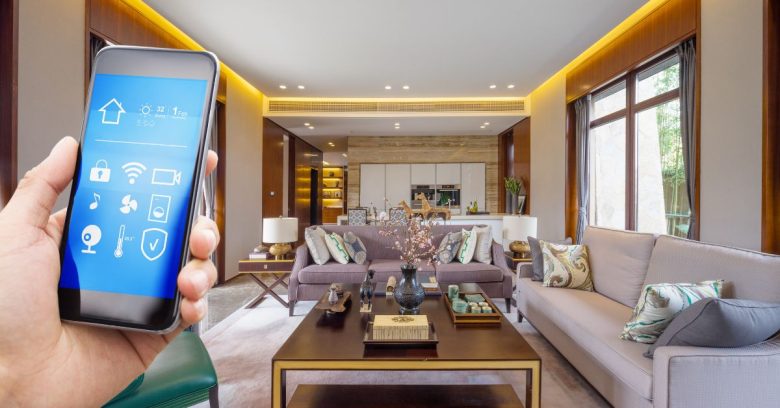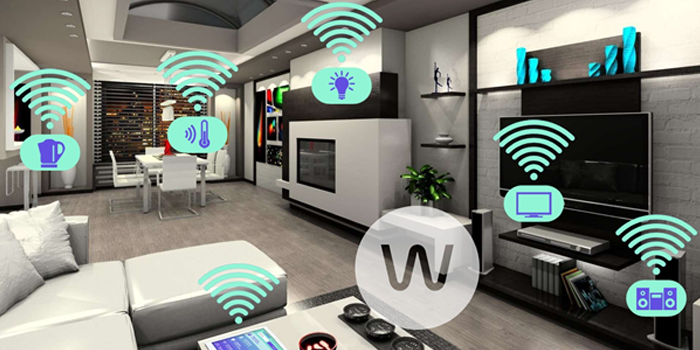
In the ever-evolving landscape of technology, smart home devices stand at the forefront, promising to transform the way we interact with our living spaces. These innovative devices, designed to enhance efficiency and foster connectivity, are redefining the very essence of modern homes. Let’s navigate the realm of smart home devices and explore the pivotal role they play in augmenting efficiency and connectivity.
Streamlined Connectivity
Smart home devices serve as the linchpin of connectivity within homes. With their ability to communicate and synchronize, devices such as smart speakers, lighting systems, security cameras, and appliances form an interconnected network, fostering a cohesive living environment.
Unified Control Centers
Centralized control hubs or user-friendly applications act as command centers for smart home devices. These interfaces empower users to effortlessly manage and oversee multiple devices, offering a centralized platform for seamless home management.
Intelligent Automation
The hallmark of smart home devices lies in intelligent automation. By learning from user habits and preferences, these devices autonomously adjust settings, optimizing energy usage, and adapting to individual needs without requiring constant manual input.
Enhanced Security Protocols
Security is paramount in smart home technology. Devices equipped with advanced security features like real-time monitoring, motion detection, and remote access ensure heightened safety and provide homeowners with peace of mind.
Personalized Environments
Customization is key in the world of smart home devices. Whether it’s tailoring lighting, adjusting climate control settings, or creating personalized entertainment experiences, these devices cater to individual preferences, curating environments that align with specific lifestyles.
Energy Efficiency and Sustainability
Smart home devices champion energy efficiency. Through features such as energy monitoring and eco-friendly settings, they contribute to reduced energy consumption, promoting environmentally sustainable living practices.
Remote Accessibility
Remote access is a cornerstone of smart home technology. Smartphone applications enable users to control and monitor their homes from afar, ensuring continuous accessibility and management, irrespective of physical location.
Conclusion: Navigating the Future of Homes
Efficiency and connectivity are the pillars upon which smart home devices stand, shaping the way we experience and interact with our living spaces. With streamlined connectivity, intelligent automation, and a focus on personalization, these devices are steering us towards a future where homes are not just smart but also intuitive and responsive.
As smart home technology continues to evolve and innovate, the possibilities for efficient and connected living within our homes will only expand, promising a future where homes are adaptive, efficient, and seamlessly integrated into our daily lives.






